Download the map and follow the tour
São Bento – Sé Cathedral (17) - go through Rua Mouzinho da Silveira or through Rua das Flores – Ferreira Borges Market (11) – Palácio da Bolsa (the Stock Exchange Palace) (20) – São Francisco Church (21) – Casa do Infante (the House of the Prince) (18) - Centro de Congressos Alfândega do Porto (Port Customs Congress Centre) (22)
The São Bento Train Station (19) is in the heart of the city and it is the ideal place to start a tour. Built at the beginning of the 20th century, it is worth entering the atrium to admire the great panels of blue and white tiles, showing episodes from the History of Portugal, created by Jorge Colaço, an important Portuguese ceramic artist. Wheelchair users or those with difficulties in mobility can use the ramp at the side entrance to enter the station which has wide interior spaces without any obstacles.
Leaving the station and continuing to the left, go up the street to the Cathedral (17). Owing to the steep incline of the road, this is a route that is only partially accessible, which renders independent access impossible. Although there is a lot of space inside the Cathedral, to enter it you have to go up some stairs, making it inaccessible. Moving around inside is made difficult because of steps. Access to the upper floors is also difficult for the same reason, which limits the accessibility of this monument. The Terreiro da Sé Square, where the pillory of the city is located, is an important vantage point overlooking the ancient manor house and the river, from the Old Town, classified a World Heritage Site together with the Ponte Luís I (Luis I Bridge) and the Serra do Pilar Monastery, at the edge of Vila Nova de Gaia.
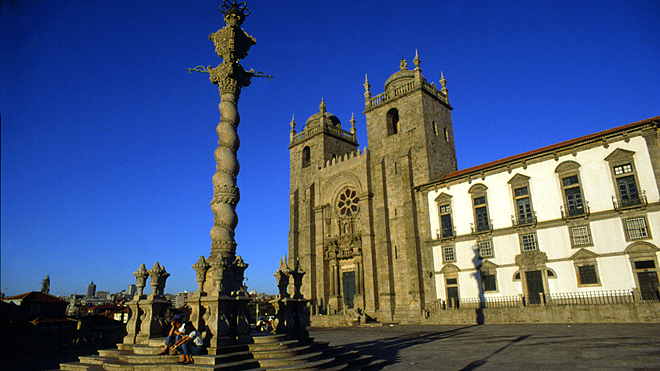
We recommend returning to São Bento, via the river, along Rua das Flores or by Rua de Mouzinho da Silveira. These streets are parallel arterial roads with paved areas in good condition and continuous regular surfaces, although there are a few places which are in need of attention. On Rua das Flores there are a few uneven spots of 3 to 4 cm, and the latter has a slight but steady incline for several metres, which makes moving along them difficult. Continuing along Rua Ferreira Borges, you can’t miss the iron structure of the Market (11), built in the 19th century. This ancient market is currently transformed into a space for cultural entertainment. On the left, there is a ramp to enter the market which has wide spaces with no obstacles. The balcony has a beautiful view of the garden and the ancient buildings which continue until the river. On the right, two unmissable monuments are the Palácio da Bolsa (the Stock Exchange Palace) and the São Francisco Church.
The Palácio da Bolsa (20) was built in the 19th century as the headquarters for the Commercial Association of Porto, which reflects the importance of this activity in the city’s history. Inside, the highlight of the Palace is the magnificent Arab Room, decorated in a Moorish style. It is spacious inside, without obstacles and with signs written in Braille. However, the slope of the street and the stairs to enter the building make access difficult. Once this initial obstacle has been overcome, you can arrange guided tours and activities for people with special requirements.
A little further down, the Igreja de São Francisco (São Francisco Church) (21) was built in the 14th century in gothic style and enriched with exuberant Baroque decoration in gilded wood in the style of the 18th century, reflecting the wealth of the country and of the city during this period. The steps at the entrance are an obstacle to accessibility, as well as the steps in the interior, making visits quite difficult for wheelchair users. However, you can arrange guided tours and activities for people with special requirements in advance, notably in sign language.
The visit continues along Rua do Infante D. Henrique to the Praça da Ribeira where you can visit the Casa do Infante (House of the Prince) (18). It was in 1394 in this house, one of the oldest in the city, that the great Portuguese explorer Henry the Navigator was born. The house belonged to the Portuguese Crown, and until the 19th century, was the Mint and the Customs house, where the authorities responsible for the inspection of all commerce on the river Douro were housed.
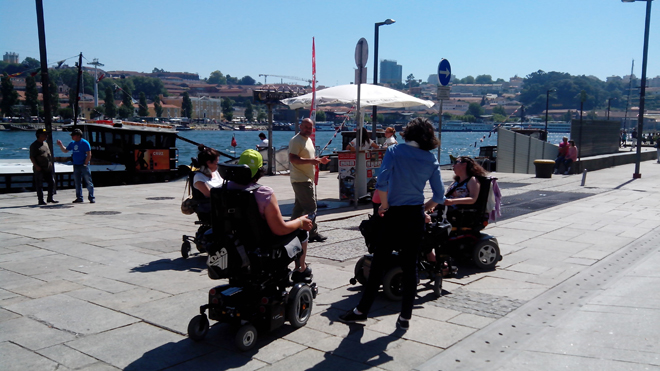
Photo: Ribeira ©Waterlily
The Praça da Ribeira marks the entrance into one of the best known and most photographed places - the Ribeira. This long walk along the river bank is an area full of restaurants and terraces, which necessitates greater care and constant changes in direction, particularly because there are no guardrails or tactile paving to prevent falls. In this area, we advise visitors to be careful and to take precautionary measures to avoid dangerous situations.
Returning to the Rua Infante D. Henrique, it is possible to follow the course of the river towards the mouth of the Douro (Foz do Douro), and to make the last visit of this tour, to the Porto Customs building in which a conference centre and the Museu dos Transportes e Comunicações (Museum of the Transport and Communication) (22) are housed. Perfectly accessible and with information set out in Braille, it has automobile models and miniatures for tactile exploration.
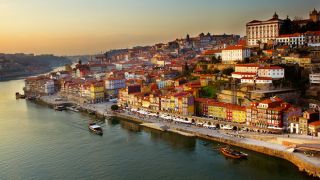





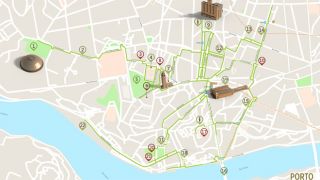

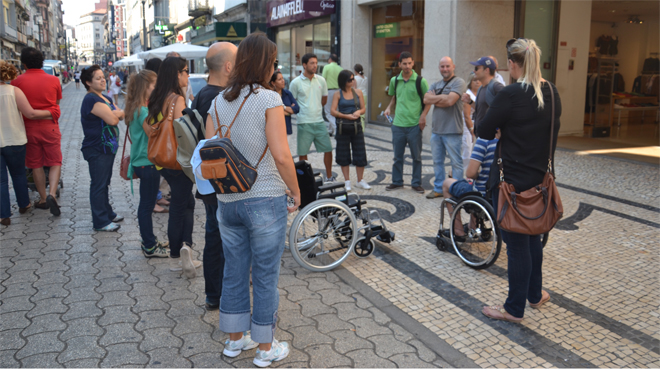
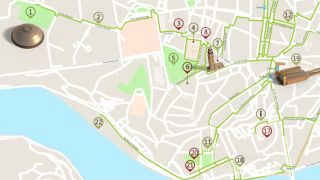
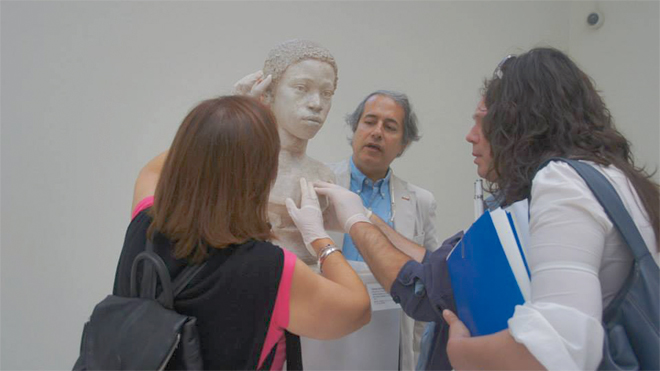

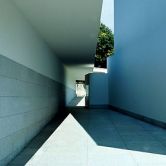
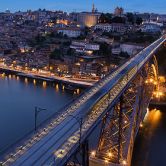

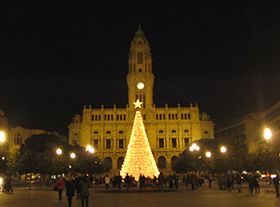
 Explore
Explore 
 Remember and Share
Remember and Share 


